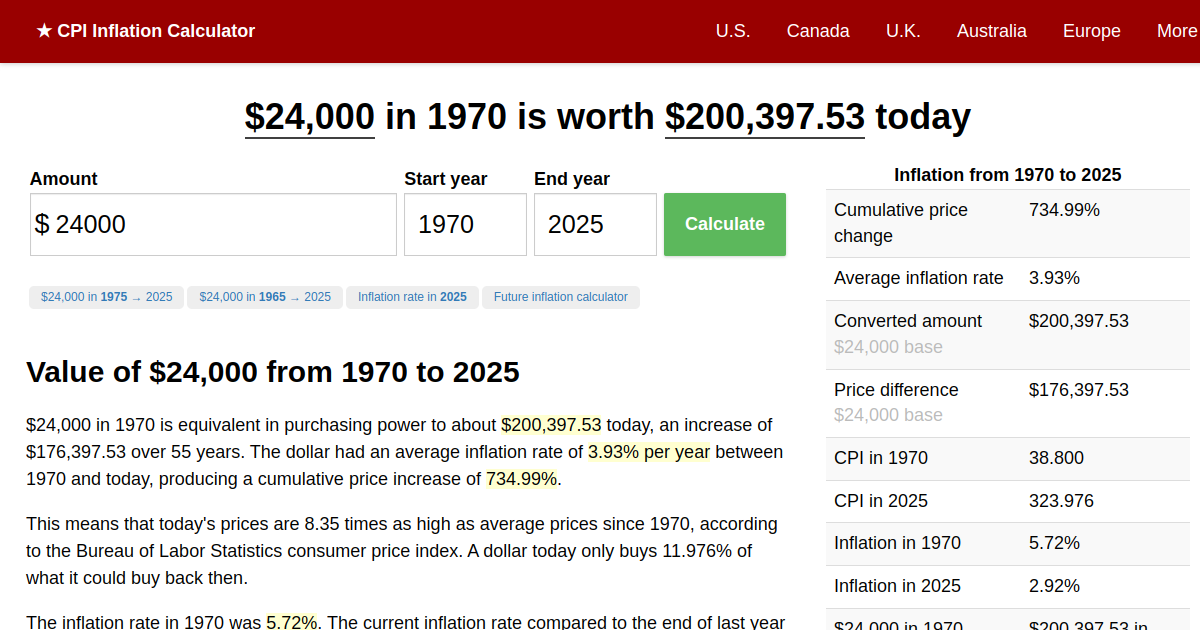I just started playing pool in 1968 when the guys started talking about going to see the action in a different pool room. What surprised me was the guys said to come back at 1 AM and we would carpool out to the Billiard Palace in Bellflower California.
If you know the traffic in Los Angeles now, it is hard to believe that the freeway was empty on our way to the pool room. As we drove down Bellflower Boulevard the street was also empty but as we made a left to get to the parking lot I was surprised to see the lot was full. We parked on the street and as we approached the rear entrance I could feel the hum of a large crowd and just before we pushed the double swing doors that you only see in old movies I could hear the crack of a rack of balls being broken.
The first thing I saw was a wide staircase and at the top of the stairs were the backs of a bunch of guys with cigarette smoke above their heads. My first thought was, "It's 1:30 in the morning!". My second thought was, "I'm going to have to come back tomorrow".
I do not remember most of the names but the room was full of great players at the time. Some of the names were Billy Johnson aka Wade Crane, Don Willis, Cole Dickson, Richie Florence, Ronnie Allen, Larry Liscotti, Larry Hubbard, Mike Siegal, Denny Searcy, Jose Parica, Black Bart, New York Blackie, Kenny Anderson and a 14 year old Keith McCready.
The most amazing match I ever saw was when Richie Florence played Billy Johnson aka Wade Crane for three days straight without stopping. I only saw part of each match during the three days that they played.
The first set was 10 ahead for $8,000 and Richie lost.
The second match set for almost $8,000. I overheard the guys talking about Wade would not play a second set if Richie could not bet $8,000. I’m guessing there were guys who put in with Richie to make the match continue, Richie lost.
The third and last set was for Richie’s Cadillac, his cue and some cash and Richie lost again.
$24,000 in 1970 would be worth an amazing $189,000 today.
Link to to the inflation calculator.

 www.in2013dollars.com
www.in2013dollars.com
If you know the traffic in Los Angeles now, it is hard to believe that the freeway was empty on our way to the pool room. As we drove down Bellflower Boulevard the street was also empty but as we made a left to get to the parking lot I was surprised to see the lot was full. We parked on the street and as we approached the rear entrance I could feel the hum of a large crowd and just before we pushed the double swing doors that you only see in old movies I could hear the crack of a rack of balls being broken.
The first thing I saw was a wide staircase and at the top of the stairs were the backs of a bunch of guys with cigarette smoke above their heads. My first thought was, "It's 1:30 in the morning!". My second thought was, "I'm going to have to come back tomorrow".
I do not remember most of the names but the room was full of great players at the time. Some of the names were Billy Johnson aka Wade Crane, Don Willis, Cole Dickson, Richie Florence, Ronnie Allen, Larry Liscotti, Larry Hubbard, Mike Siegal, Denny Searcy, Jose Parica, Black Bart, New York Blackie, Kenny Anderson and a 14 year old Keith McCready.
The most amazing match I ever saw was when Richie Florence played Billy Johnson aka Wade Crane for three days straight without stopping. I only saw part of each match during the three days that they played.
The first set was 10 ahead for $8,000 and Richie lost.
The second match set for almost $8,000. I overheard the guys talking about Wade would not play a second set if Richie could not bet $8,000. I’m guessing there were guys who put in with Richie to make the match continue, Richie lost.
The third and last set was for Richie’s Cadillac, his cue and some cash and Richie lost again.
$24,000 in 1970 would be worth an amazing $189,000 today.
Link to to the inflation calculator.

$24,000 in 1970 → 2025 | Inflation Calculator
The 3.93% inflation rate means $24,000 in 1970 is equivalent to $200,397.53 today. This inflation calculator uses the official US consumer price index published by the Department of Labor.
Last edited: